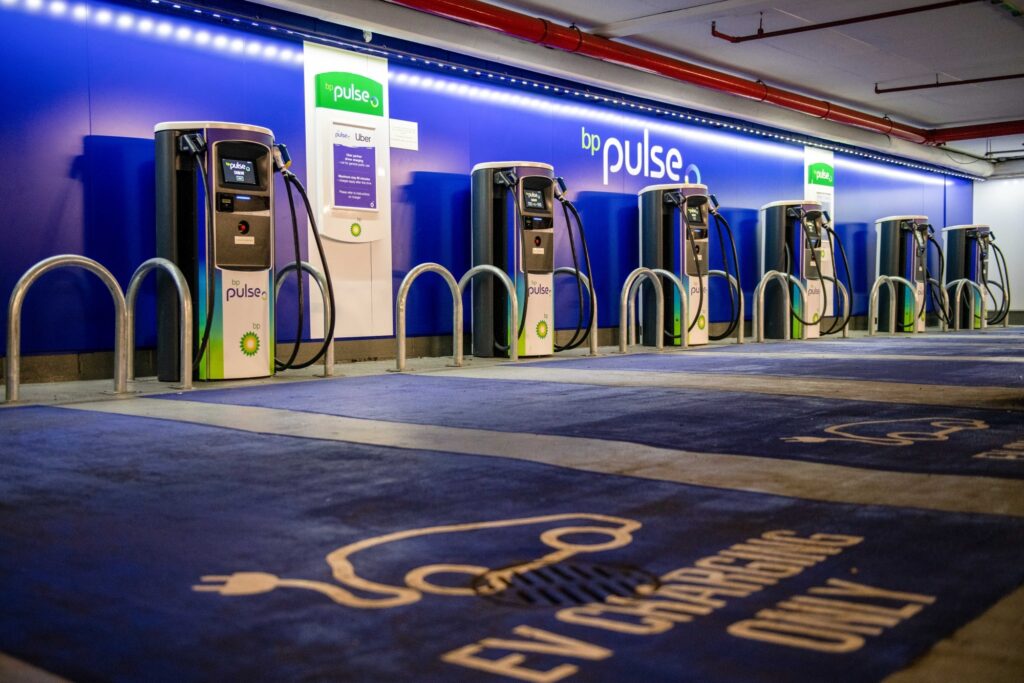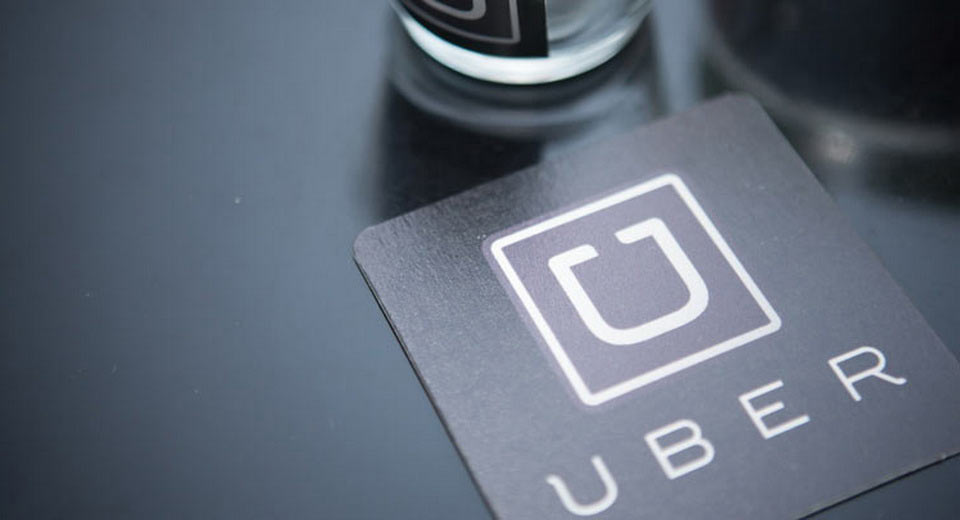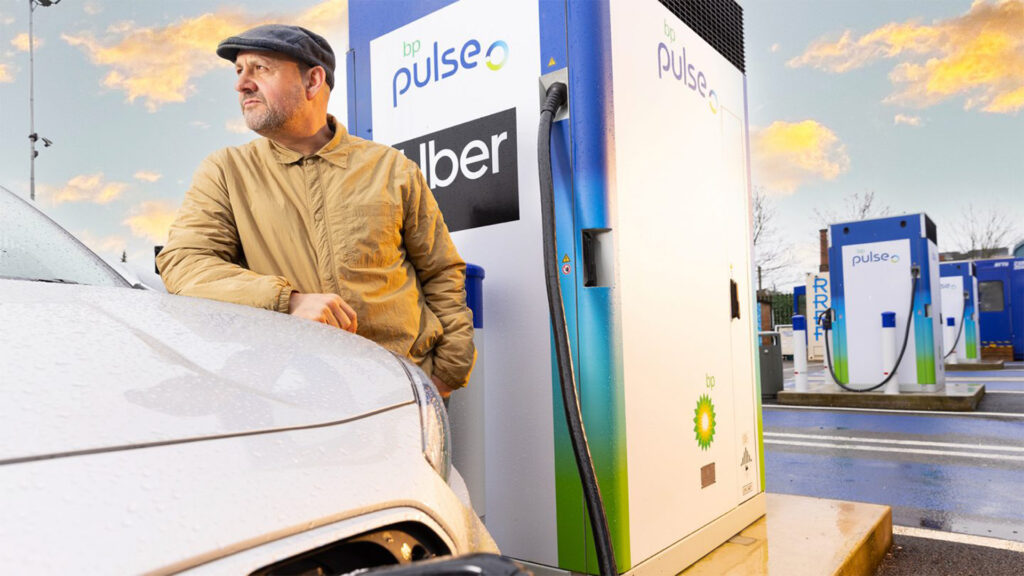Uber has joined forces with BP to help drive the transition to electric vehicles by providing owners with access to reliable and convenient charging.
The ride-hailing giant wants 100% of the rides on its platform to be made in electric vehicles, micro-mobility, or public transport by 2040. Its partnership with BP will initially focus on markets including Europe, and the U.S., with other countries like Australia and New Zealand to follow.
BP currently has 22,000 charging points around the world operating in ten countries. It is looking to establish 100,000 charge points worldwide by 2030. With the Uber deal, BP will offer unique deals to drivers on the Uber platform that are tailored to each market and will provide incentives for them to charge at BP Pulse stations.

“Drivers on Uber’s platform need great value access to the fast, reliable charging infrastructure we’re building as they make the switch to electric,” BP Pulse chief executive Richard Bartlett said. “We’re investing billions of dollars worldwide in high-speed EV charging, digital products and services, and large scale bp pulse Gigahubs that will help commercial customers eliminate tailpipe emissions. I’m delighted we are building on our existing relationship and now have a global agreement to support ride-hail drivers with charging and more, at scale, helping Uber make their incredible 2040 ambition a reality.”
Read: Uber Won’t Allow ICE-Powered Cars On Its Platform From 2030
The two companies first partnered in 2021 when BP opened its first rapid commercial charging hub on Park Lane in London with Uber drivers the first to gain access to the hub.
“We want Uber to be the cleanest platform on Earth because it’s the right thing for consumers, our cities and our business,” Uber global head of sustainability, Christopher Hook said. “Getting to 100% electric is not something Uber can do alone. It is a team sport, and it will take partnerships like this to reach zero tailpipe emissions, especially as we know availability of easy to access, affordable charging infrastructure is one of the biggest challenges for drivers.”




